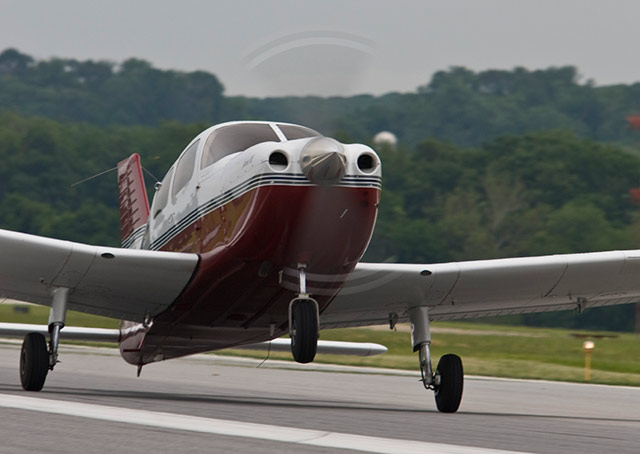
A single-engine trainer is rolling down the runway, accelerating for takeoff. The pilot’s feet slide down the pedals to control direction more with rudder than brakes as the flight controls come alive. A perceptible firming of resistance to yoke pressure also confirms the gathering speed. The moment has arrived.
“Rotate.”
The pilot always hears her primary flight instructor’s voice at the moment she raises the nose to establish the takeoff attitude and maintain it until—after a few more seconds of acceleration—the aircraft smoothly lifts off.
Although it has been years since the pilot and the flight instructor spent their many hours practicing in the traffic pattern, the memory of the verbal cues given during those learning sessions persists—as does the patient and precise technique learned back then.
One of the first insights a student pilot arrives at when mastering the takeoff is that rotation and liftoff are closely related—but not simultaneous—phases.
“When all the flight controls become effective during the takeoff roll in a nosewheel-type airplane, back-elevator pressure should be gradually applied to raise the nosewheel slightly off the runway, thus establishing the takeoff or lift-off attitude. This is often referred to as ‘rotating,’” explains the Airplane Flying Handbook (page 5-3). It goes on to note that “the airplane is allowed to fly off the ground while in the normal takeoff attitude. Forcing it into the air by applying excessive back-elevator pressure would only result in an excessively high pitch attitude and may delay the takeoff.”
That’s where the patience required by the method comes in. When liftoff doesn’t occur instantaneously with rotating, it’s common for a new pilot who mistakes one for the other to continue hauling back on the yoke—a so-called overrotation error that can trigger a number of unintended consequences from prolonging the takeoff run to a departure stall, or a bouncing return to the runway if the nose is hastily forced down.
Under-rotating also has its liabilities—typically an excessively long ground run—so the pilot must learn to recognize the sight picture of the liftoff attitude for the normal takeoff and establish it by positioning the nose of the aircraft relative to the horizon.
Are there exceptions to this rule of rotation? Under conditions such as strong, gusting winds, delaying rotation slightly is sometimes recommended for better control effectiveness once the aircraft leaves the ground.



